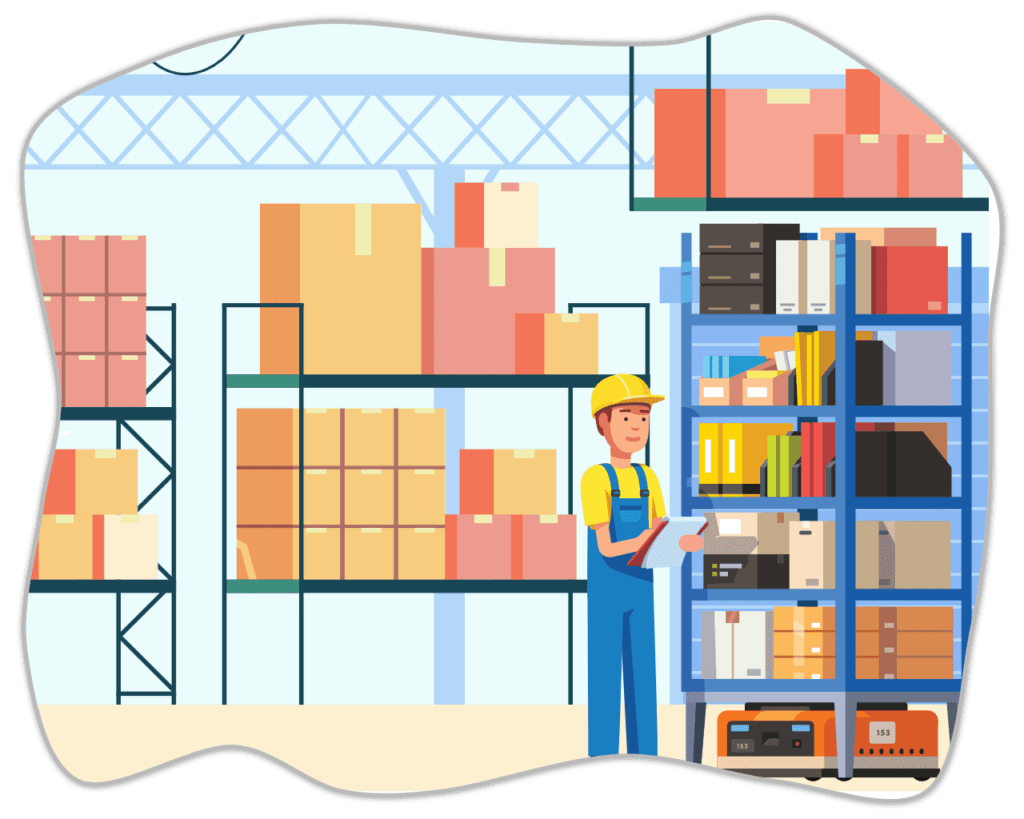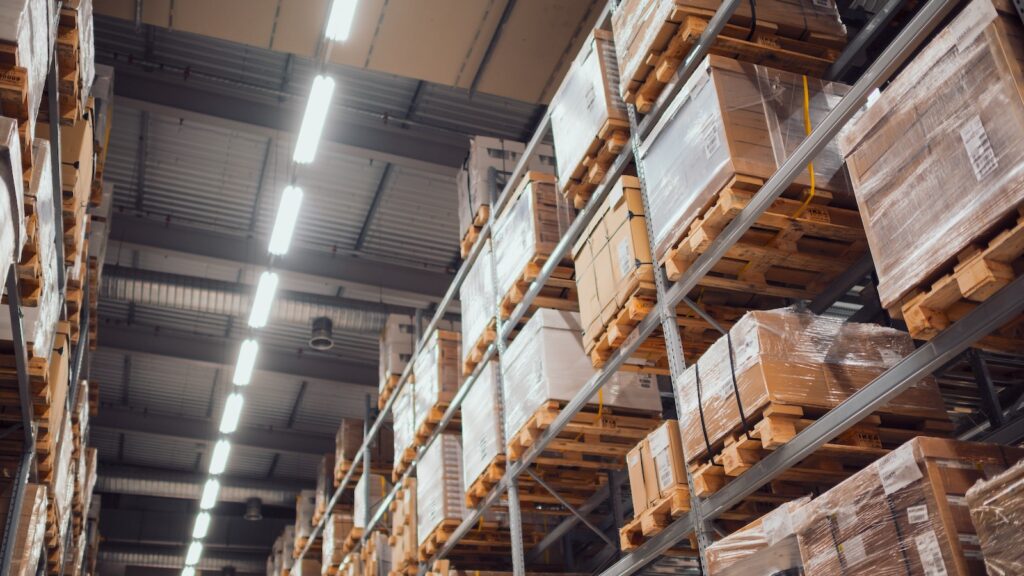
Inventory is a fundamental component of business operations, playing a pivotal role in the intricate web of supply chains and commerce. Understanding what inventory encompasses its definition, types, and examples is crucial for businesses seeking optimal efficiency and financial stability.
In this exploration, we delve into the multifaceted concept of inventory, examining its core definition, the various types that exist, and illustrative examples that highlight its significance across diverse industries.
What Is Inventory?

It refers to the goods, materials, or products that a business holds for the purpose of resale or use in its operations. It represents one of the most significant assets for many companies, particularly those involved in manufacturing, retail, and distribution.
What Is an Example of Inventory?
Let’s consider an example of inventory in the context of a retail business, such as a clothing store. In this scenario, the various types include:
Raw Materials:
- For a clothing store, raw materials might include the rolls of fabric, buttons, zippers, and other materials used in the production of clothing items.
Work-in-Progress (WIP):
- Work-in-progress inventory would consist of partially completed garments that are in the process of being manufactured but are not yet ready to be sold. This could include items on the sewing floor that are mid-production.
Finished Goods:
- Finished goods inventory would include the completed and ready-to-sell clothing items on the shelves or in the store’s warehouse.
MRO Goods (Maintenance, Repair, and Operating Supplies):
- Maintenance and operating supplies might include items like hangers, price tags, shopping bags, and cleaning supplies—necessary for the store’s day-to-day operations but not directly incorporated into the final product.
Goods in Transit:
- If the store is awaiting a shipment of new clothing items from a supplier or if products are in transit from a warehouse to the retail location, these would be considered goods in transit.
Effective management of this inventory is critical for the store to meet customer demand, avoid stockouts or overstocks, and optimize its financial resources. The store needs to strike a balance in having enough inventory to satisfy customer needs without holding excessive levels that could lead to increased holding costs or potential obsolescence.
What are the 4 types of inventory?

The four main are:
Raw Materials:
- Raw materials are the basic materials that a company uses to manufacture its products. These materials have not undergone any processing and are used in the production process to create finished goods. Examples include wood, metal, fabric, or any other materials needed to produce a product.
Work-in-Progress (WIP):
- Work-in-progress inventory consists of goods that are in the process of being manufactured but are not yet completed. This category includes partially assembled products and items that are undergoing various stages of production.
Finished Goods:
- Finished goods inventory represents the completed and fully manufactured products that are ready for sale or distribution to customers. These are the end products that a company sells to generate revenue.
MRO Goods (Maintenance, Repair, and Operating Supplies):
- MRO inventory includes items that are not directly used in the production of finished goods but are essential for the day-to-day operations of a business. This category includes maintenance supplies, repair parts, and operating supplies necessary to keep machinery and the production process running smoothly.
These four types of inventory help businesses manage and track the flow of goods through various stages of the production and distribution process. Effectively managing each type of inventory is crucial for maintaining a well-functioning supply chain and meeting customer demand efficiently.
How Do You Define Inventory?
can be defined in multiple ways, considering its different aspects and contexts. Here are five perspectives on defining inventory:
Assets for Sale or Use:
- It represents the goods, materials, or products that a business owns and holds for the purpose of selling them to customers or using them in its operations.
Current Assets on the Balance Sheet:
- In accounting terms, it is classified as a current asset on a company’s balance sheet. It reflects the value of goods that are either in the process of being produced or are ready for sale.
Buffer Between Production and Consumption:
- It acts as a buffer between the production process and customer demand. It ensures that there is a supply of goods available to meet customer needs without interruptions or delays.
Capital Investment and Holding Costs:
- From a financial standpoint, inventory represents a significant capital investment for a business. Managing inventory involves considerations of holding costs, which include expenses related to storage, insurance, and potential obsolescence.
Operational Balancing Act:
- Inventory management involves a delicate balancing act. On one hand, having enough inventory is crucial to fulfill customer orders promptly. On the other hand, excessive inventory can tie up capital and lead to financial inefficiencies.
In summary, is a dynamic and multifaceted concept, encompassing the tangible assets that businesses acquire, produce, and hold to meet current and future demand. Efficient management of inventory is essential for the smooth functioning of supply chains and the overall success of a business.